- Area: Siem Reap Province > Banteay Srei District > Run Ta Aek Commune > Ta Aek
- | Type: Ancient Remains & Temples
Phnom Bok (Khmer: ភ្នំបូក) is a small mountain featuring an ancient temple of the same name that dates back to the 10th century. It is one of the several mountain temples built under the reign of King Yasorvarman, the others being Phnom Bakheng and Phnom Krom to which it shares the same layout and style.
Visiting Phnom Bok
The site is located around 22 km to the northeast from Siem Reap city, around 19 km from Angkor Wat, and around 4 km from Banteay Samre. You can visit by car, tuk-tuk, or motorbike and the roads leading to the site are sealed and in good condition.
At the site, the only option for getting to the top is by foot and you have the option of stairs or a winding dirt trail. Both are steep but fortunately shaded although I would not recommend going up around midday in the hot season. It takes around 25 min to reach the top via the stairs and 10 min or so to go down via the windy track.
The view from the top of the stairs is the best, offering an uninterrupted view to the horizon. As of June 2020, trees have grown to block the spectacular views from elsewhere on the mountain top apart from one or two gaps in the trees giving a view to Phnom Kulen. There is also an old pagoda passed just before reaching the ancient temple which has loads of rustic charm about it and colorful paintings depicting the traditional Buddhist tales.
Highlights here are the preserved reliefs from a time period when the craftmanship was so beautiful. A few steps away there is also another site featuring the remains of a large Linga (representing the Hindu God Shiva).
The site is included in the Angkor Pass and the temple is open from 7:30 am to 5:30 pm yet people do go there for sunrise and sunset but do note that there are no lights at the site. There is a drink stall at the foot of the mountain and toilets. In total, you can spend 2 hours here.
Nearby Phnom Bok
At the base of the mountain on the eastern side there is the ruinous remains of a brick temple, Trapeang Chambak, and in the plains immediately north of the mountain, Prasat Leak Neang. A few km to the northeast is Tani Ceramic Museum, a little further to the north is Prasat Phnom Veak, and to the west about 4 km away is Prasat Tor and south of that Banteay Samre.
Highlights Gallery
The stairs, views, and the old pagoda at the top
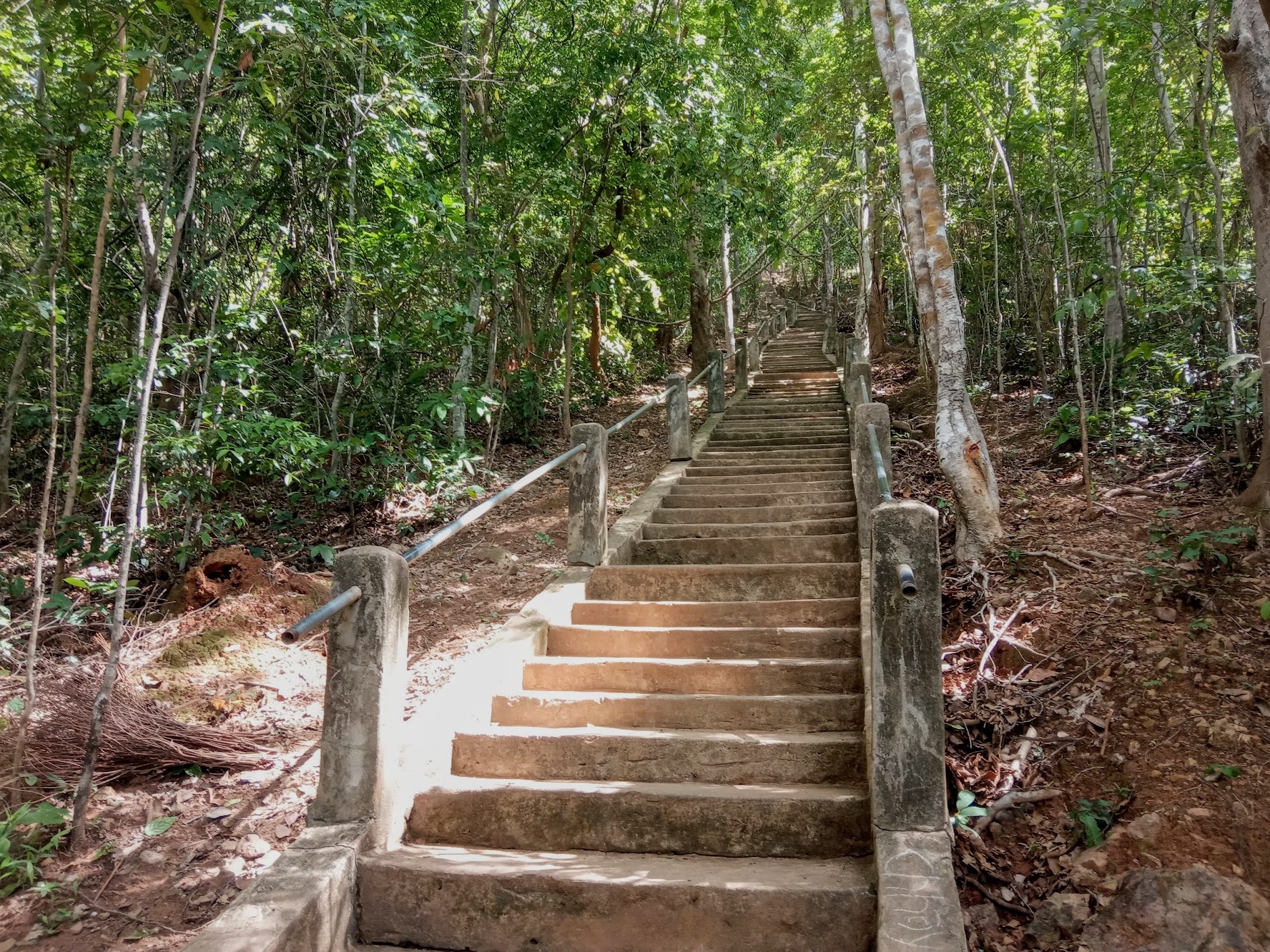
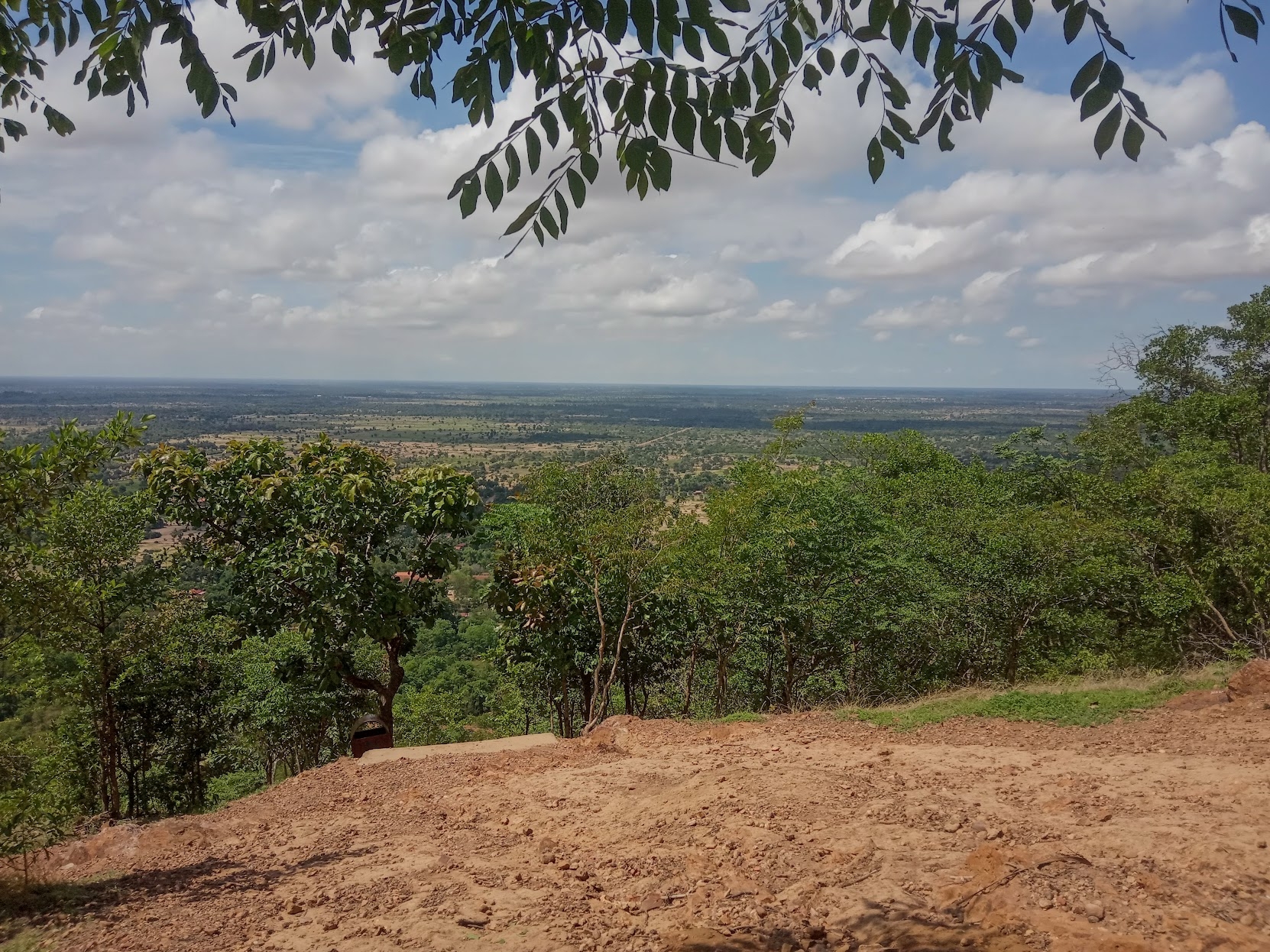
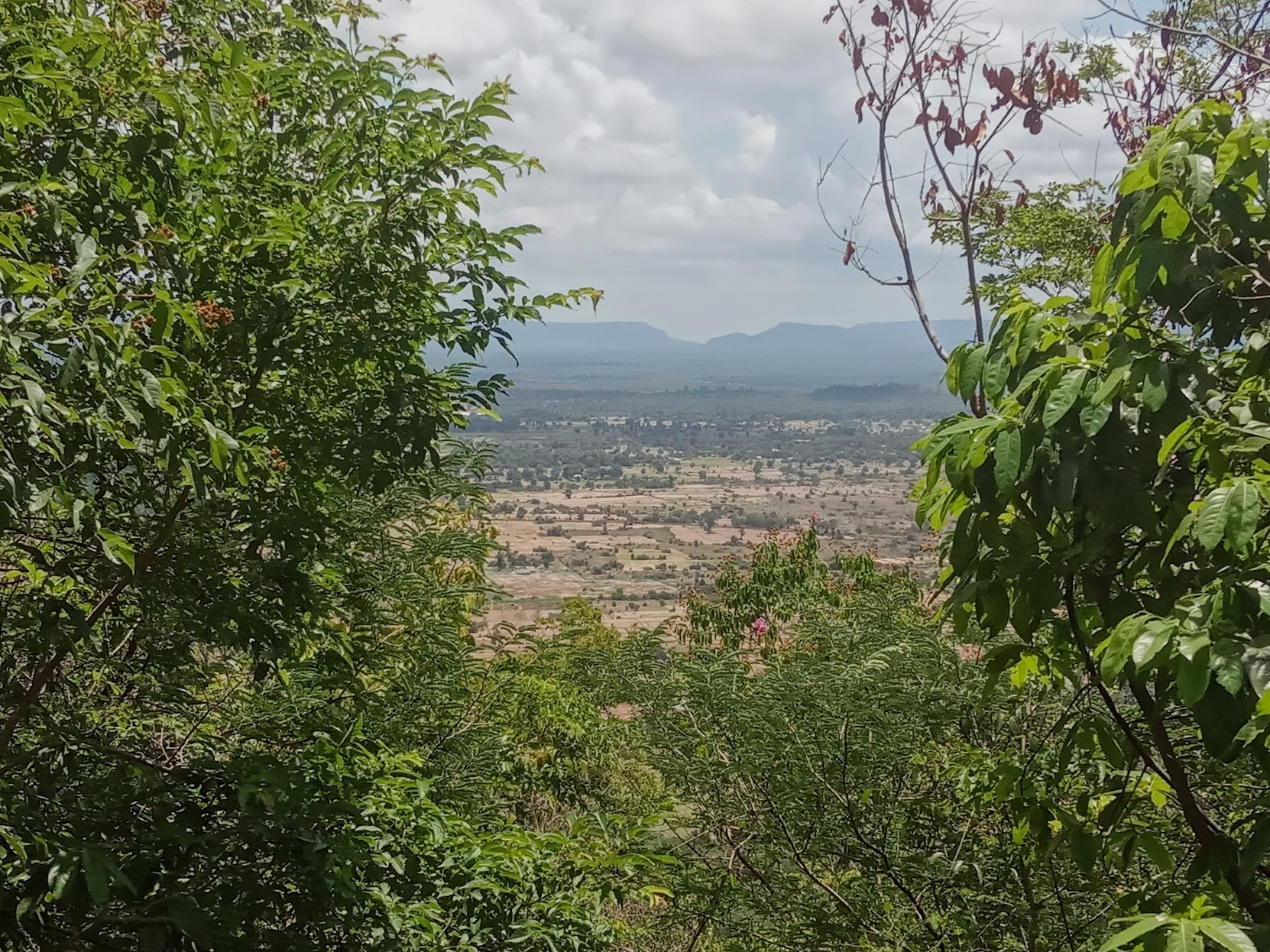
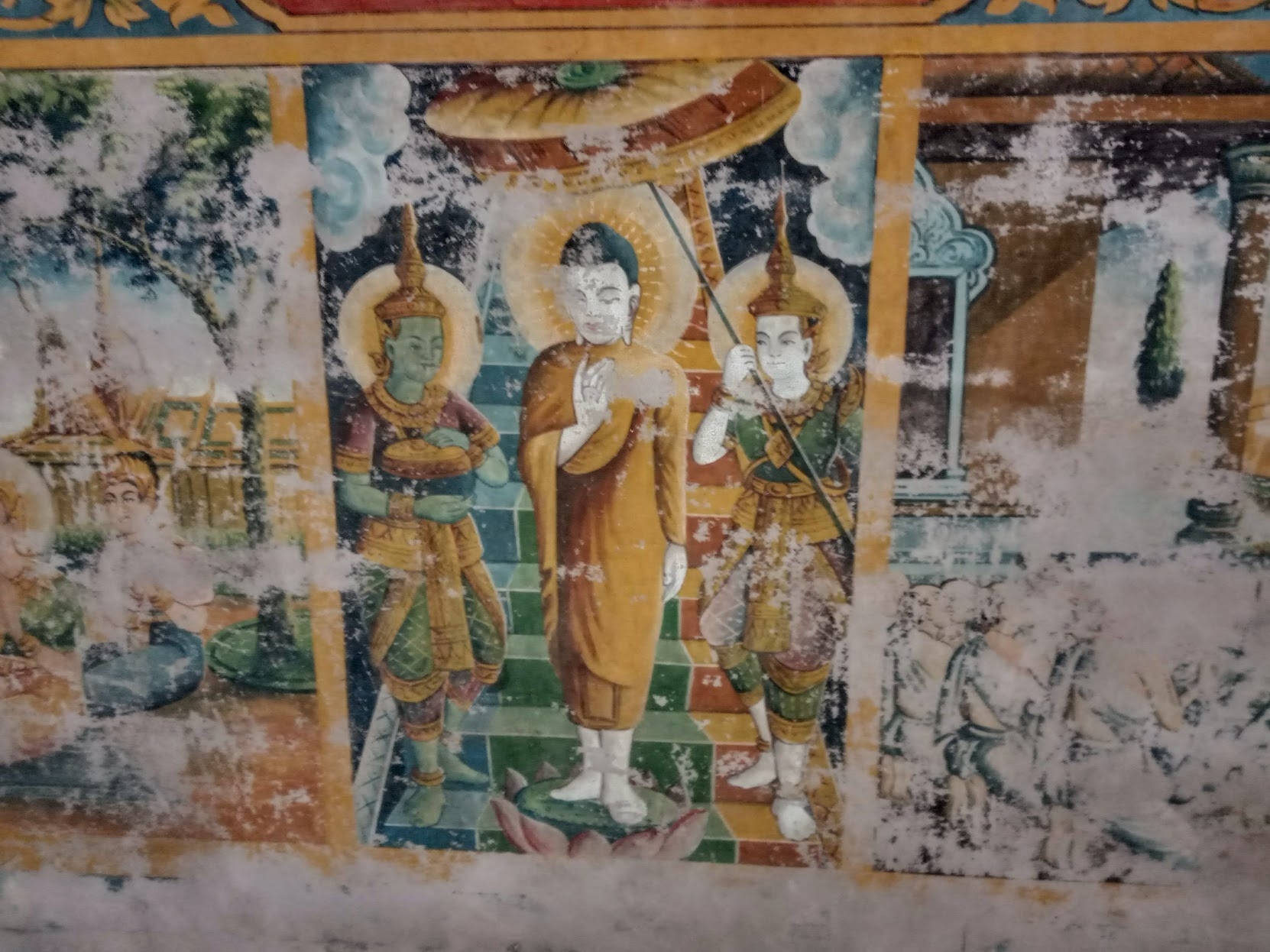
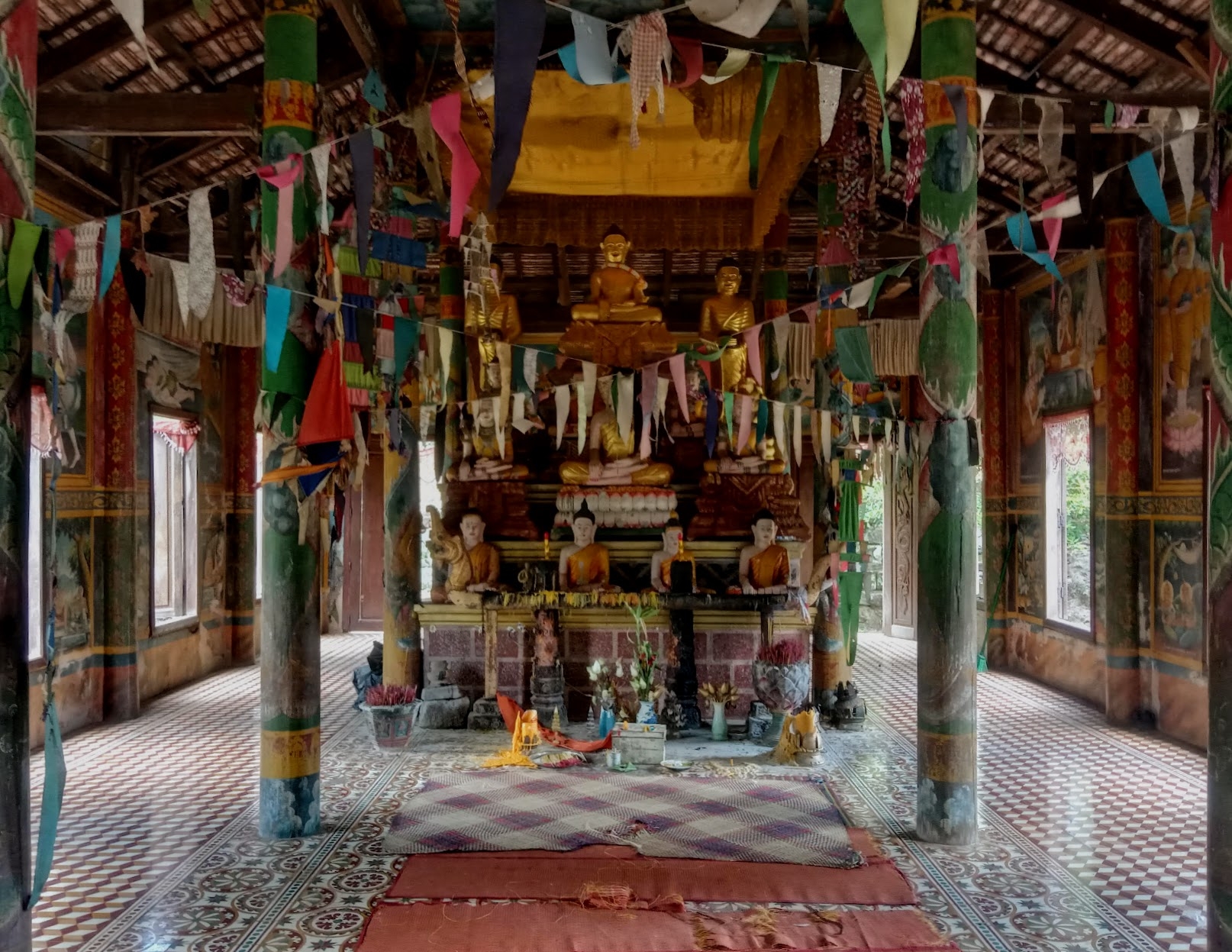

Phnom Bok Temple
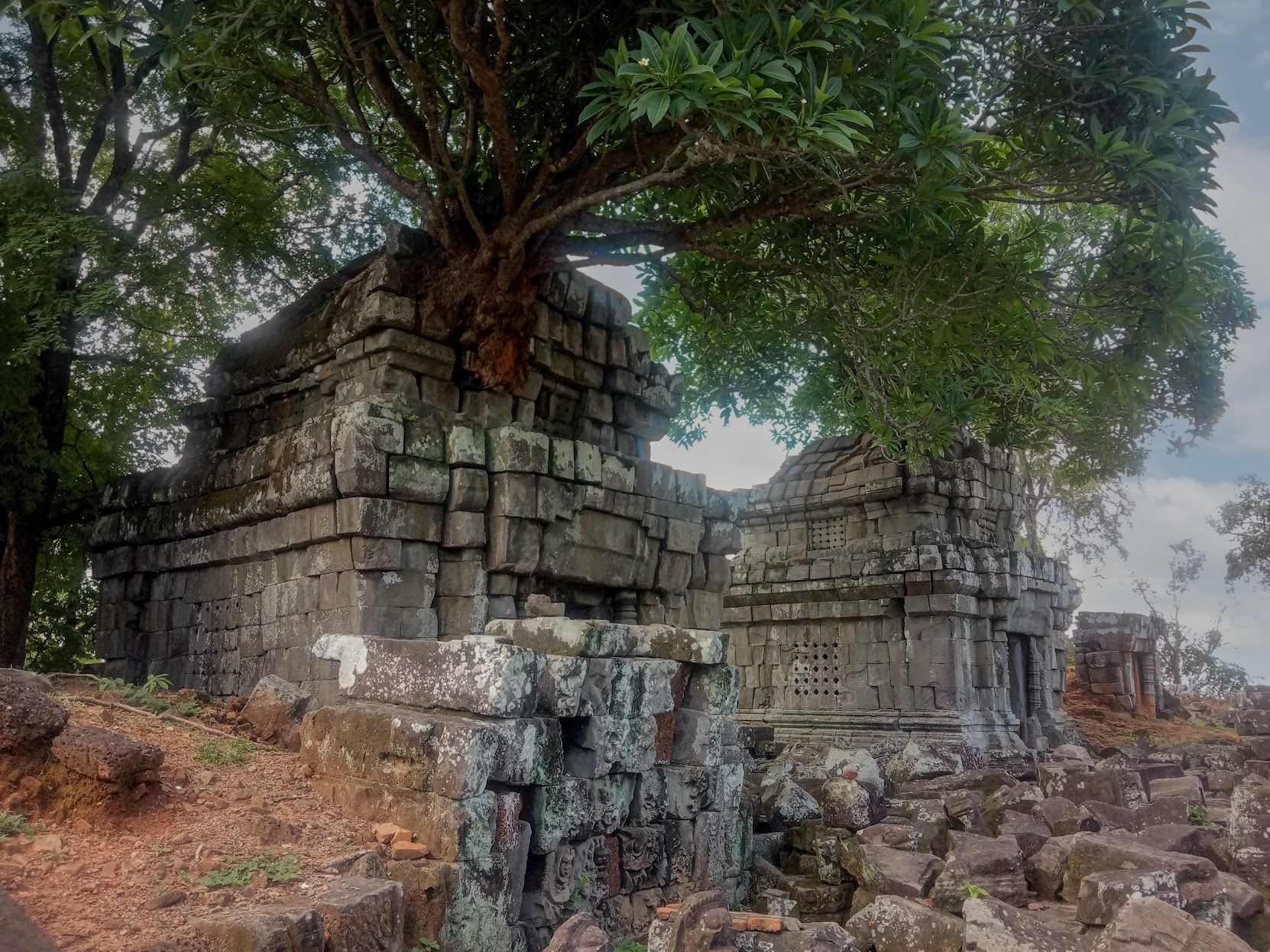

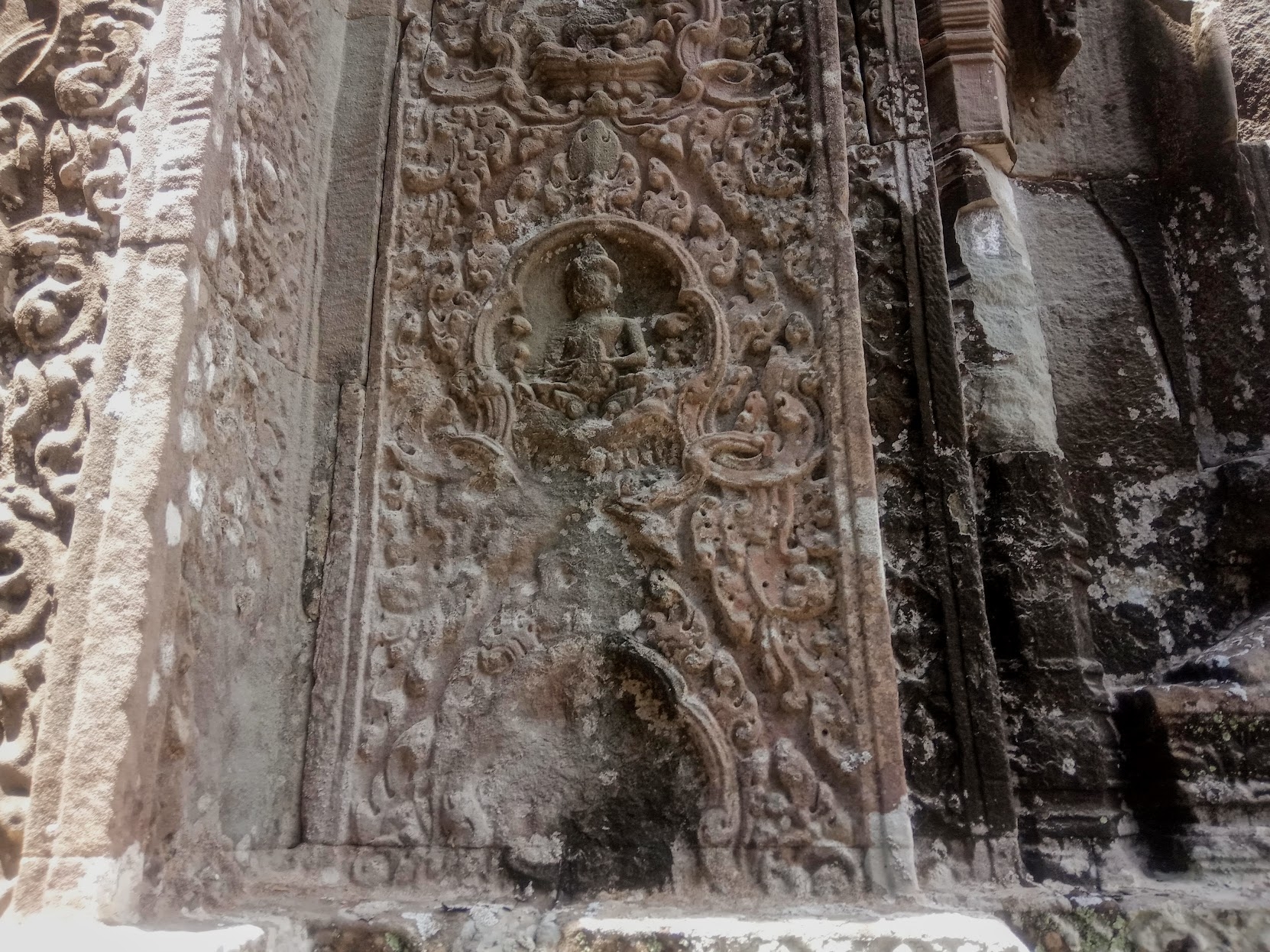
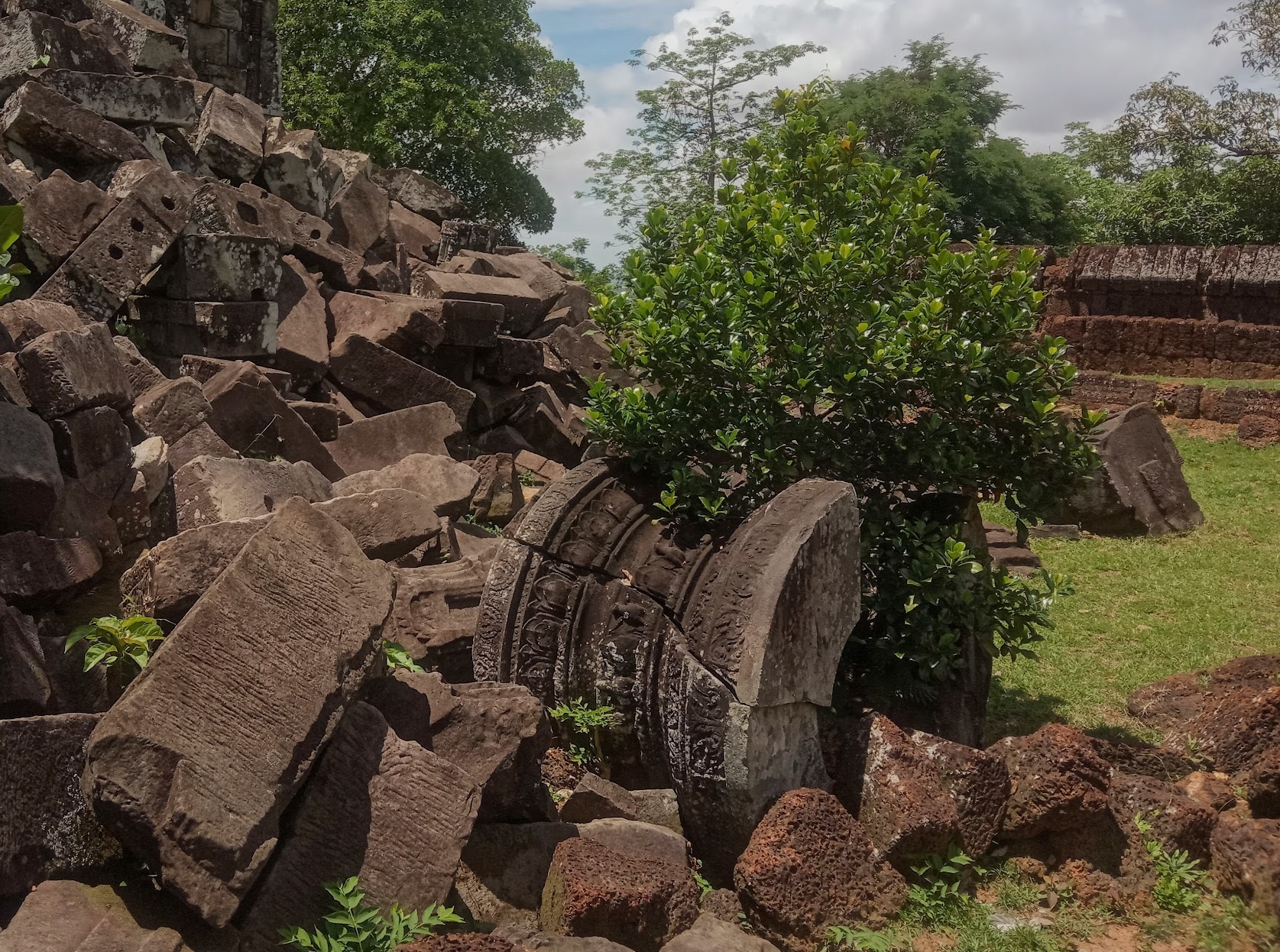
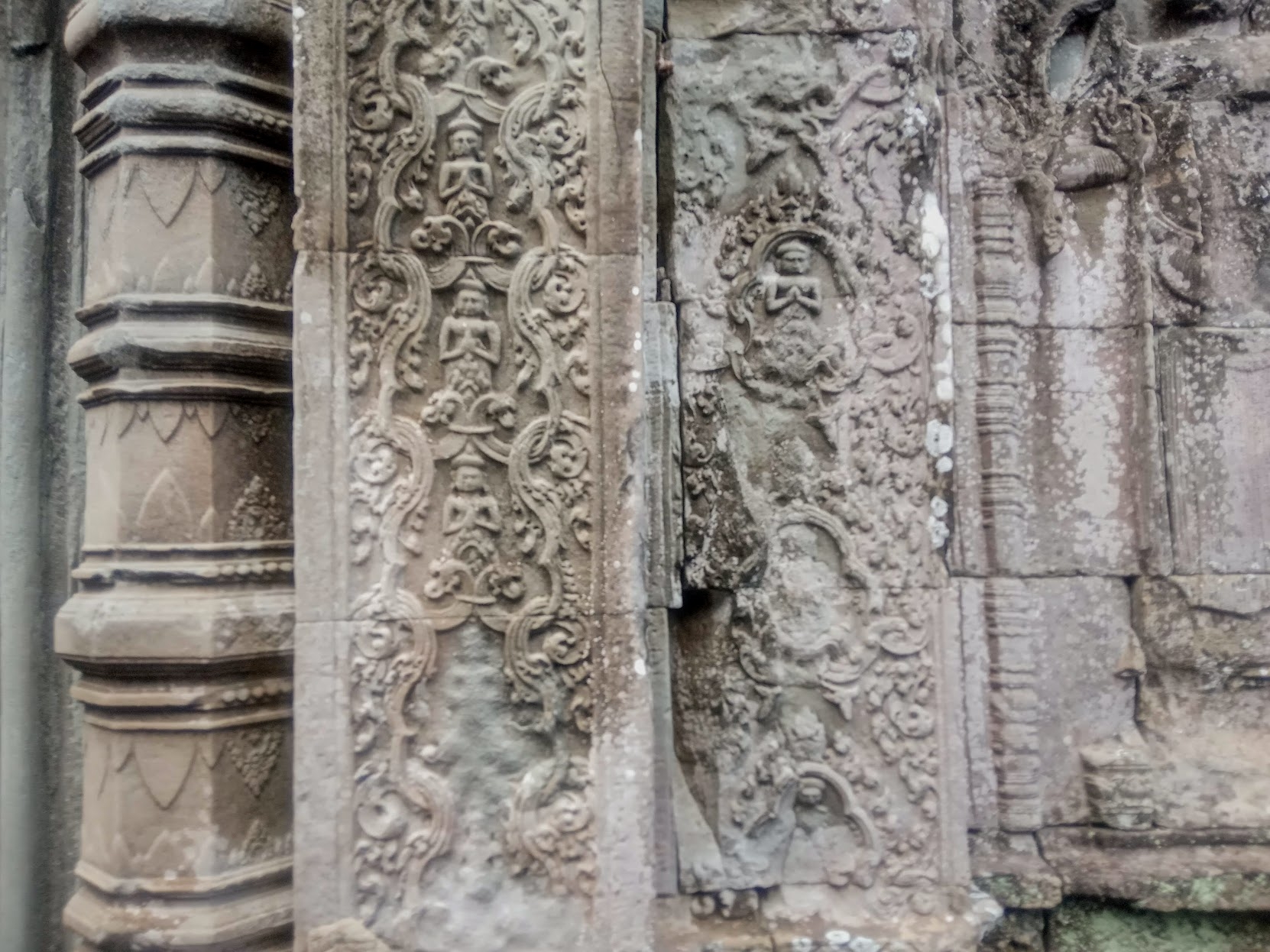

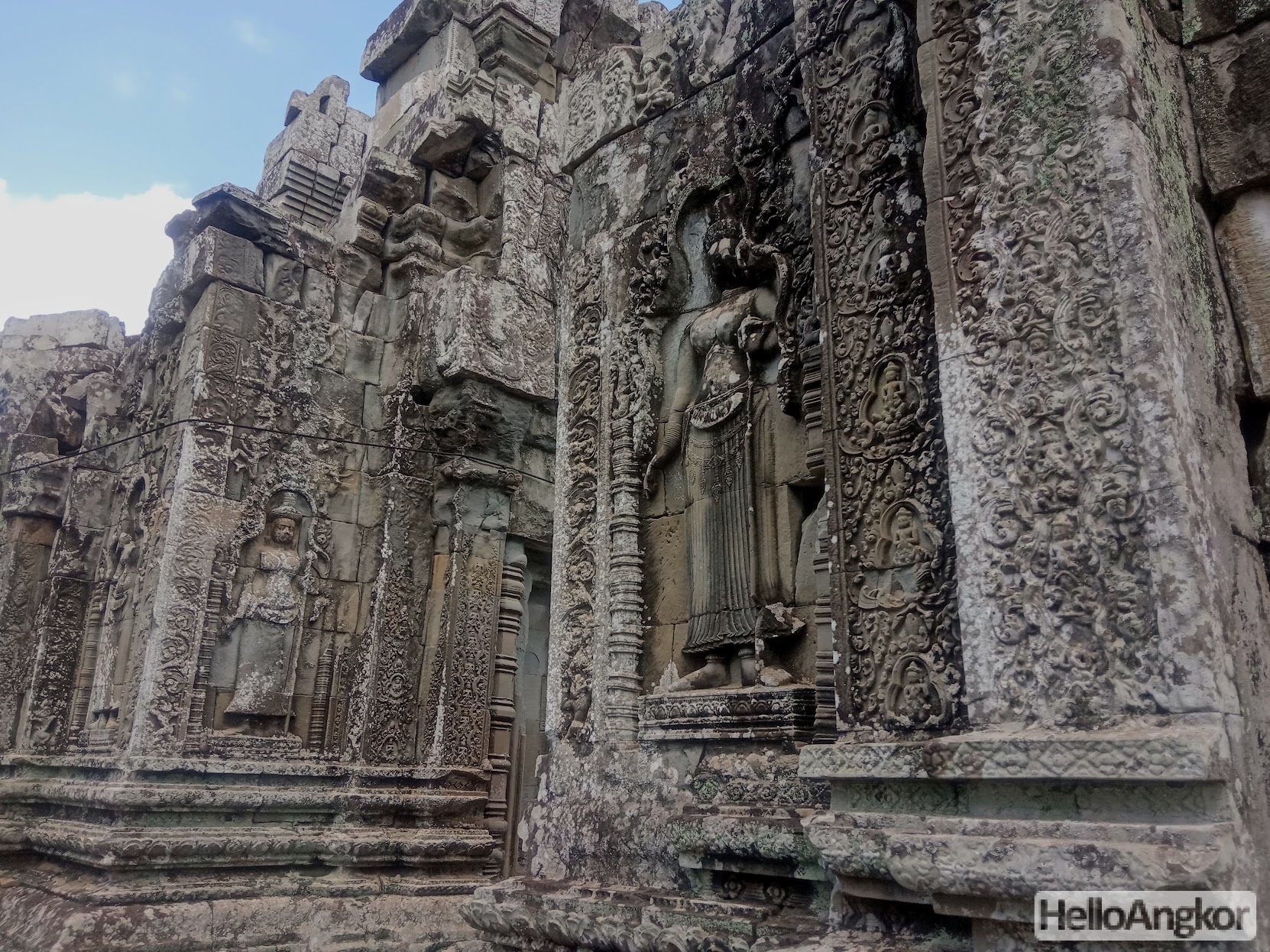
The linga shrine
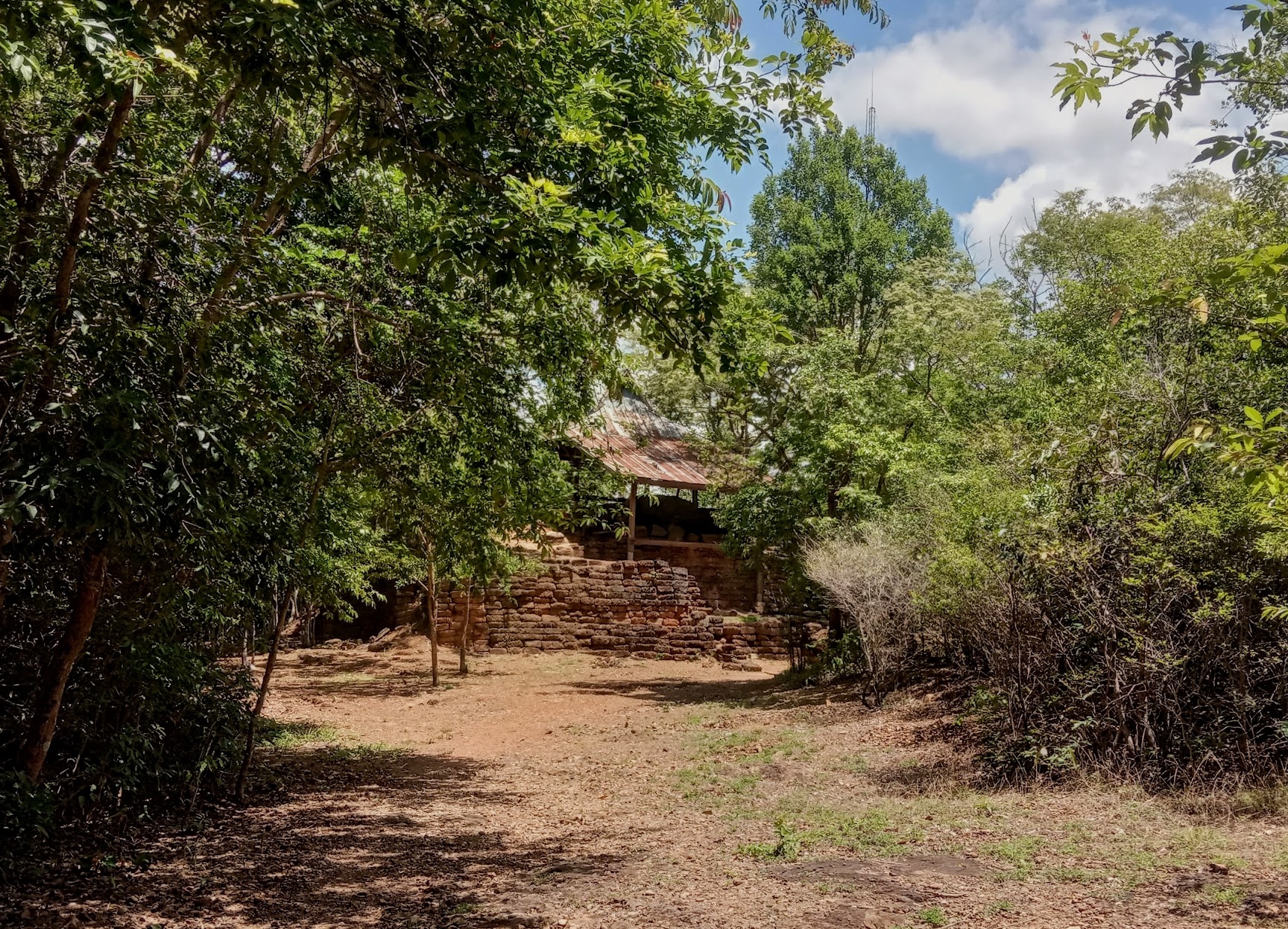
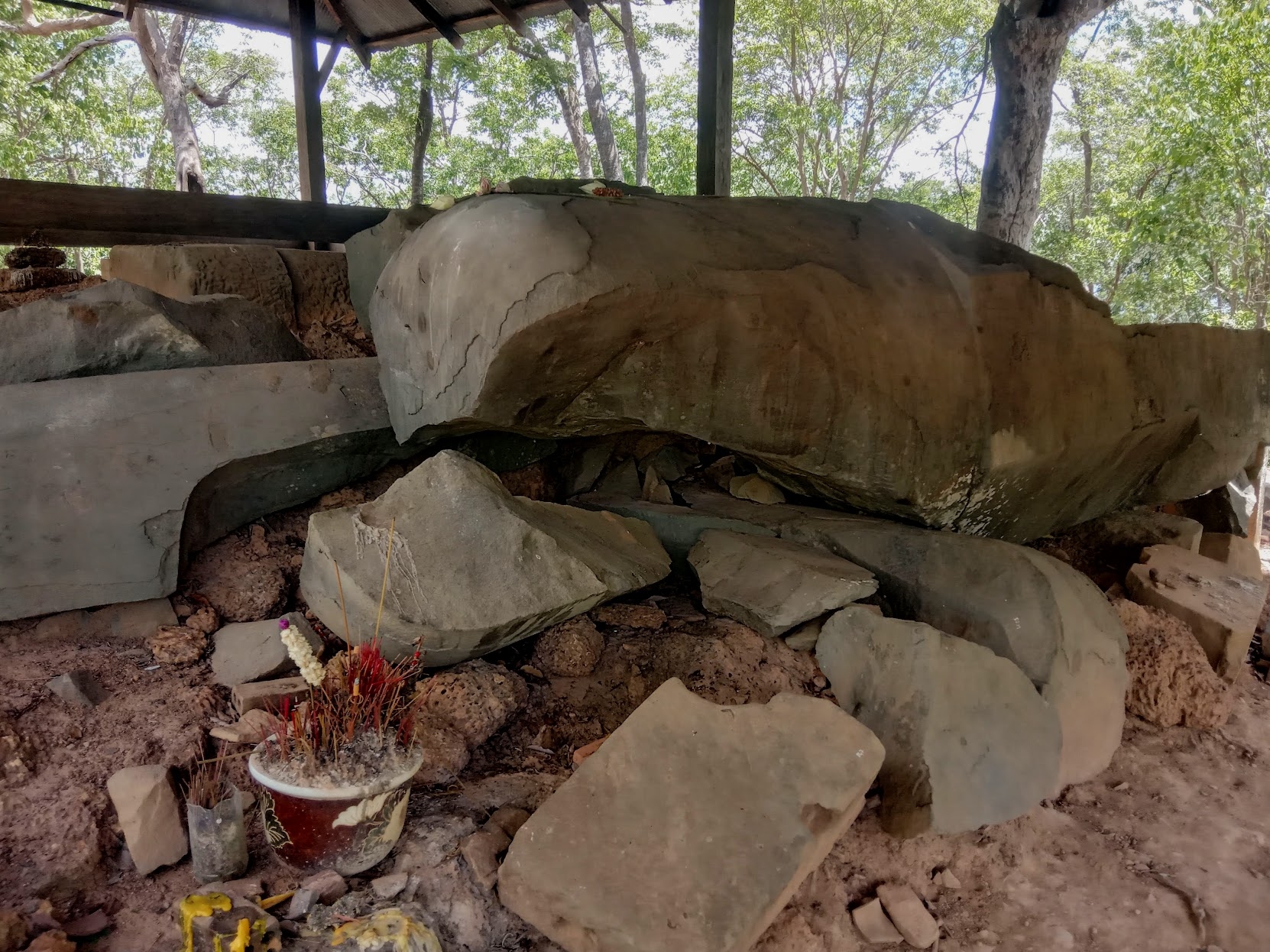
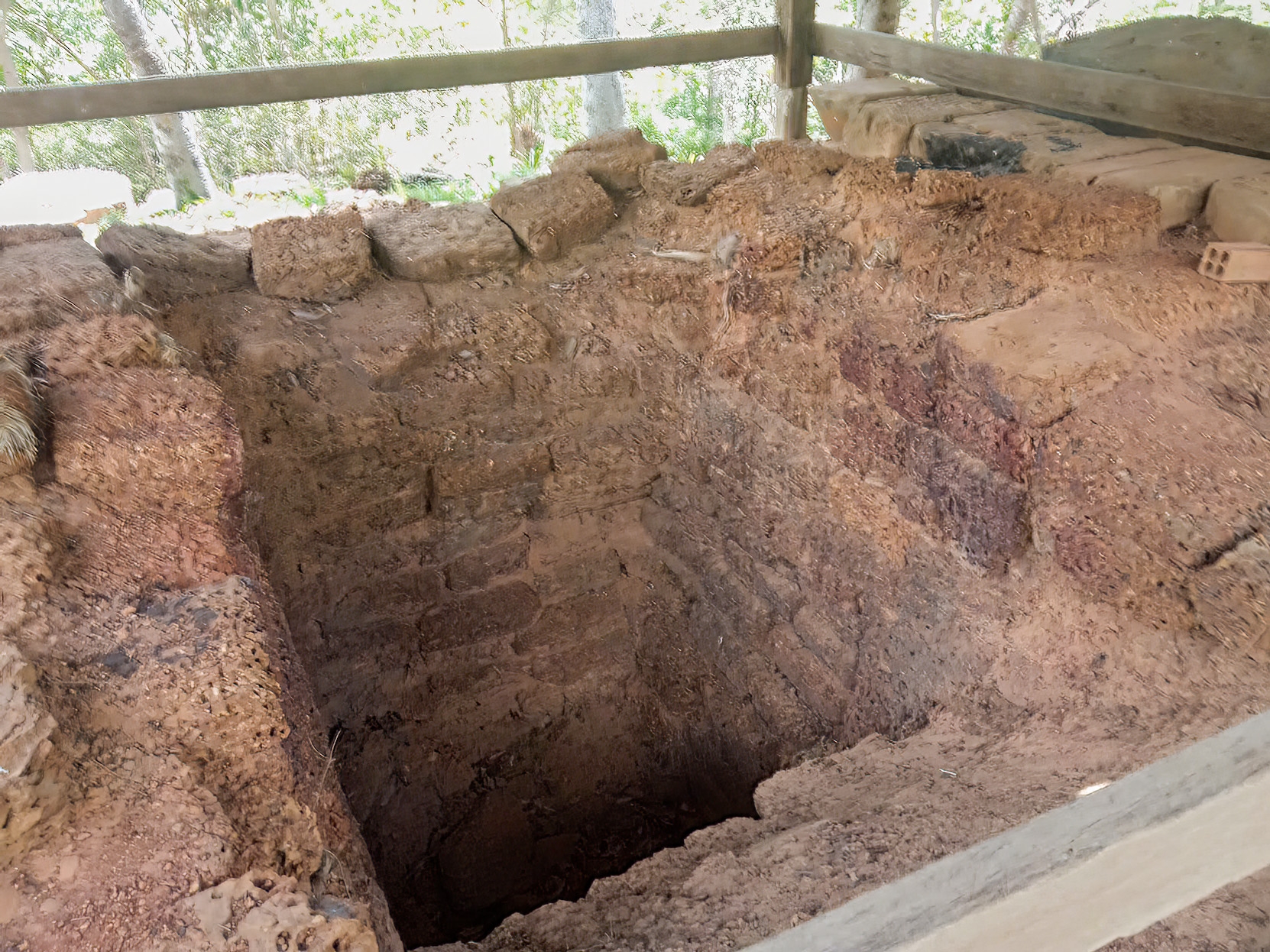
History
In layout and style, the site of Phnom Bok temple is identical to that of Phnom Krom, for neither of which has a foundation stele been found, nor are they mentioned in any other inscriptions to reveal their date. Experts connect the two sites to the era of King Yasovarman I by style and their close relationship to Phnom Bakheng. All three created between the 9-10th centuries after Yasovarman succeeded his farther Indravarman I to take over the throne and creating a new capital centered on Bakheng temple that would be named Yasodharapura (Angkor).
The site layout centers on three giant sandstone towers built on a common platform that open to the east. They are fronted by four “library” structures built of sandstone that open to the west. These are surrounded by the remains of long halls that may have been ashrama which are all enclosed by an outer wall constructed of laterite.’
Outside the enclosure, and a short walk to the east is a laterite platform with a deep well at its center beside which is a massive linga.
As per Phnom Krom, the site is dedicated to the trimurti of gods, Shiva, Vishnu, and Brahma. Each of the three towers would have once presented a statue of Vishnu, Shiva, and Brahma, and the heads of these quite amazing statues can be found in the Museum Guimet today. The images of those three below come via Wikipedia contributor, Vassel. The remnants of an ornate round pedestal can be seen at the rear of the towers, likely coming from the southmost tower having supported the statue of Brahma.


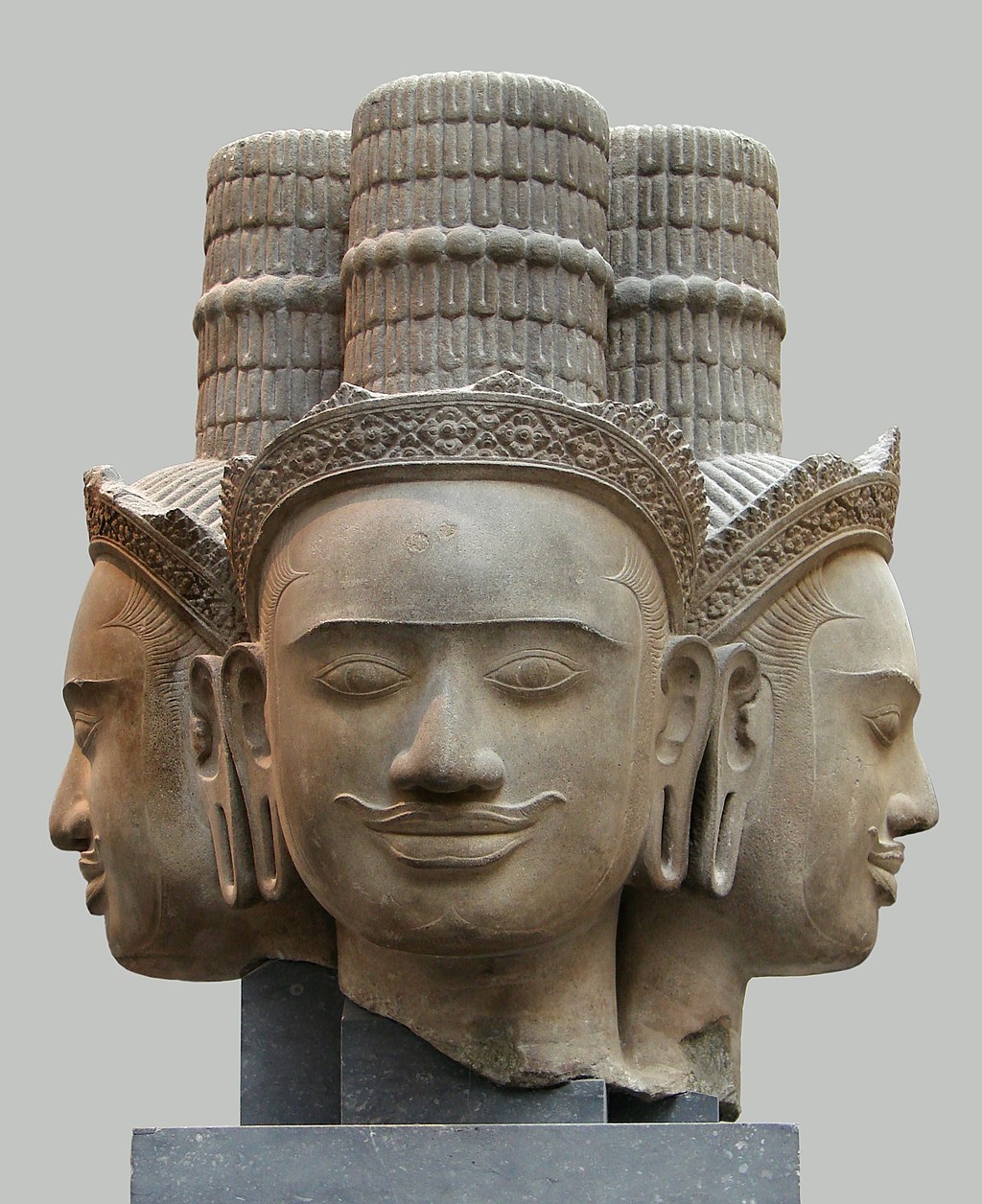
Historical Images – Images dated to 1939, more at Fonds Cambodge
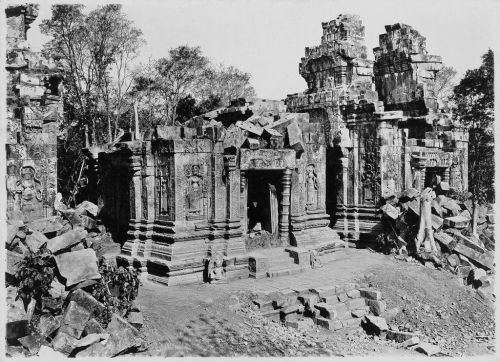
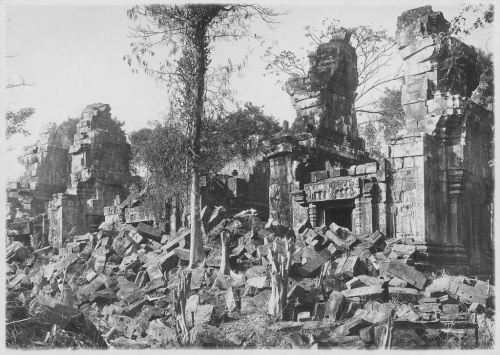
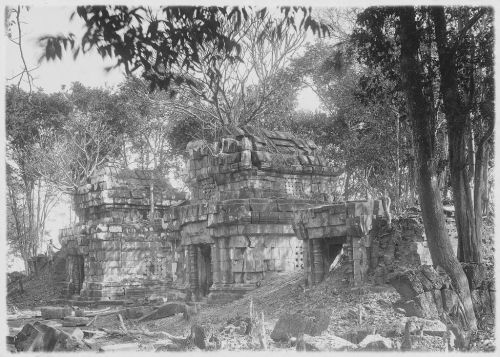
Map
Site Info
- Site Name: Phnom Bok (Pr.) Khmer Name: បា្រសាទភ្នំបូក
- Reference ID: HA11731 | Posted: January 20, 2021 | Last Update: June 14th, 2022
- Date/Era: 10th century
- Tags/Group: 10th Century, Angkor, Map: Top 100 Temples & Ancient Sites (Siem Reap), Temples, Yaçovarman I
- Location: Siem Reap Province > Banteay Srei District > Run Ta Aek Commune > Ta Aek
- MoCFA ID: 448
- IK Number: 547

